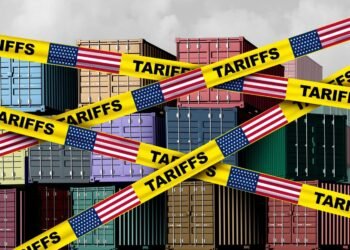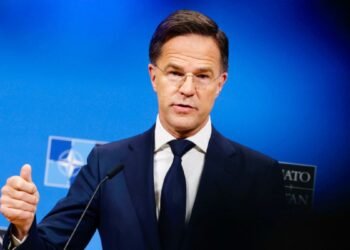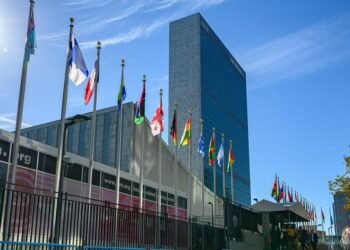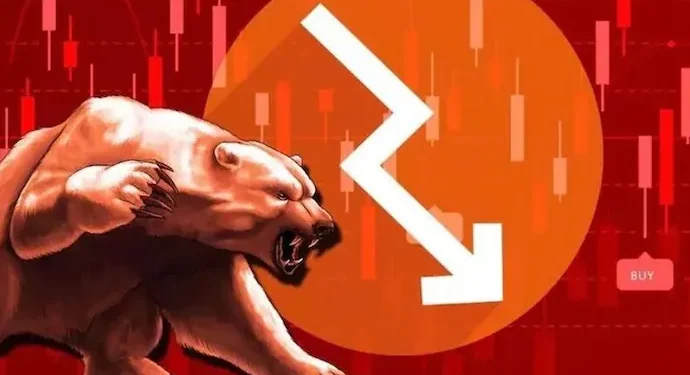Inflation in the world’s rich economies has hit a 25-year high, fueling concerns about the rising cost of living for households and increasing pressure on central banks to raise interest rates.
The annual pace of consumer price growth in the Organization for Economic Co-operation and Development (OECD) group of developed nations hit 5.8 percent in November 2021, according to data released on Tuesday, January 11, 2022, up from just 1.2 percent in the same month the previous year and the highest rate since May 1996.
The increase was driven by energy prices, which soared by 27.7 percent, up more than three percentage points from the previous month to the highest rate since June 1980. Food price inflation also picked up strongly to 5.5 percent, up from 4.6 percent in the previous month.
The data came as the incoming governor of Germany’s central bank warned that inflation could remain high for longer than economists expect.
Impact on purchasing power
Joachim Nagel, who succeeded Jens Weidmann as Bundesbank President and a member of the European Central Bank’s governing council said, “citizens have considerably less money left in their wallets. … Many people are concerned about this loss of purchasing power”.
Nagel said this raised several questions, including: “Is the very loose monetary policy still appropriate? If so, for how much longer?”
In the US, the Eurozone and the UK, inflation is running at more than double the 2 percent target set by their central banks.
Eurozone inflation hit 5 percent in the final month of last year, provisional figures released last week showed. US figures for December set to be released on Wednesday are expected to show an increase to 7 percent, according to economists polled by Reuters. In the UK, consumer prices rose 5.1 percent in November 2021.
The world’s leading central banks have indicated that they are likely to start tightening monetary policy in the coming months.
The Bank of England raised its policy rate for the first time in three years in December 2021 and the US Federal Reserve has warned that it may have to increase rates more quickly than previously planned. The European Central Bank announced in December last year that it would halt its pandemic-era bond purchases in March this year.
Several European governments have stepped in to mitigate the impact of steeply-rising energy costs. France, Spain and Italy have all pledged aid to cushion the hit for poorer households. Last week, Christian Lindner, the new German finance minister, vowed to do the same. He said: “Many people are looking at the inflationary trends with concern,” adding that the German government was “closely watching the debate”.
Optimism of a fall in inflation
Ben May, economist at Oxford Economics, said that the pace of price growth in the US and Eurozone was almost at its peak, while in Canada and the UK it would peak in April. Consumer price growth in advanced economies “will fall sharply in 2022”, he said, reflecting a combination of weaker energy costs and core inflation.
Eurozone inflation “is likely to have topped out at the end of 2021”, said Silvia Ardagna, Economist at Barclays. However, she added that the record level reached by producer prices in most countries in November “suggests that inflationary pressures may persist in the coming months as companies may eventually pass the increase in production costs on to consumers”.
READ ALSO: Bank of Ghana to Begin Raising US$450m from FX Auction Today























